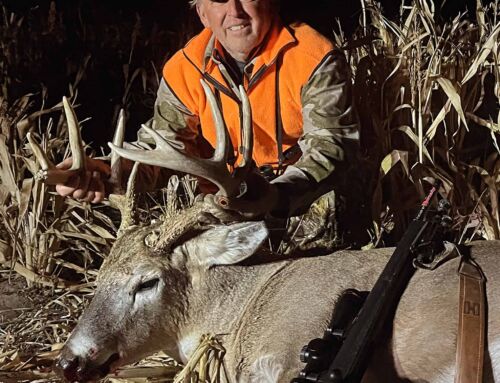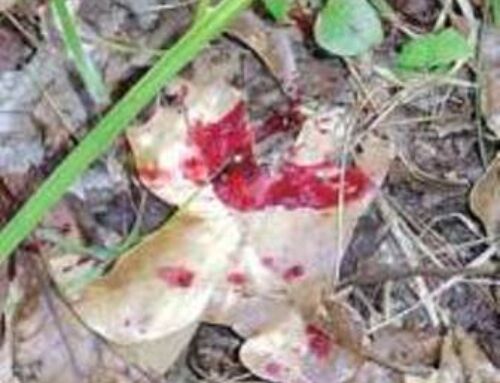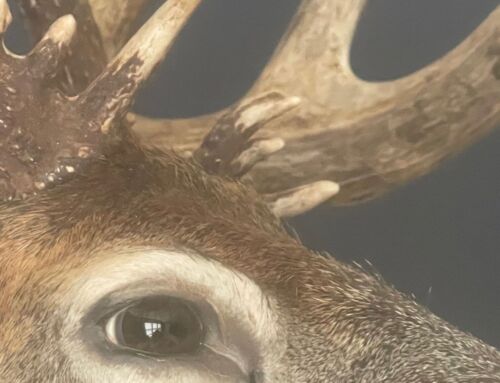 I’m hunting the early muzzleloader season in Virginia right now, which reminds me of these tips:
I’m hunting the early muzzleloader season in Virginia right now, which reminds me of these tips:
- Drop two 50-grain pellets of Triple Seven (or even three if you use a Remington Ultimate Muzzleloader like I do). Most modern muzzleloaders will shoot just fine with 100 grains.
- Insert your saboted bullet of choice at the muzzle, and start it down the bore with a short starter. With your ramrod, seat the bullet firmly all way down and on top of the powder, but don’t tamp it or beat it hard. You just want a good, firm seat.
- Once fully loaded, leave the ramrod in the barrel and mark it with a Sharpie. Check the “fully loaded” reference mark each time you load to make sure you seat the proper amount of powder and a bullet. Consulting your Sharpie mark makes sure you’ll never double load!
- Never cap a loaded rifle until you are in the timber and ready to hunt. When using a tree stand, climb up, secure your harness, sit down and rope up your rifle (muzzle down). Only then should you cap it. Always remove a primer or cap before roping your rifle down to the ground.
- With today’s high-tech muzzleloaders, after an uneventful day in the woods, I feel confident leaving a rifle loaded with powder and bullet (but no primer cap) for 2 or 3 days. If I don’t shoot at a deer any longer than that, I’ll unload the rifle by shooting it into a target or into the ground, clean the bore and reload with a fresh powder charge. I know people who leave their rifles loaded for a week or more or even a month before shooting and reloading. It generally works out, but I still recommend a fresh load every 2 or 3 days.
- In the hands of a good shooter, a scoped, modern .50-caliber rifle, with 100 grains of powder pushing a premium 250-grain sabot, is ballistically capable of dropping a whitetail out to 150-200 yards. But to me, even the most advanced muzzleloader is a relatively short-range arm. I hang stands or still-hunt where shots at bucks will be 120 yards or less.
- Always reload after shooting a buck, even if you see him lying motionless after the smoke clears, and be ready for a follow-up shot.
- After shooting a buck with a relatively low-velocity muzzleloader, sometimes you’ll find only cut hair and little or no blood at the point of impact. But never think you grazed or missed a deer! Track a buck in the direction he fled. Seventy to 100 yards out on that line you’re apt to pick up an ample blood trail that leads to your buck a few more yards up ahead. I can’t tell you how many blackpowder bucks I’ve found that way.






Leave A Comment